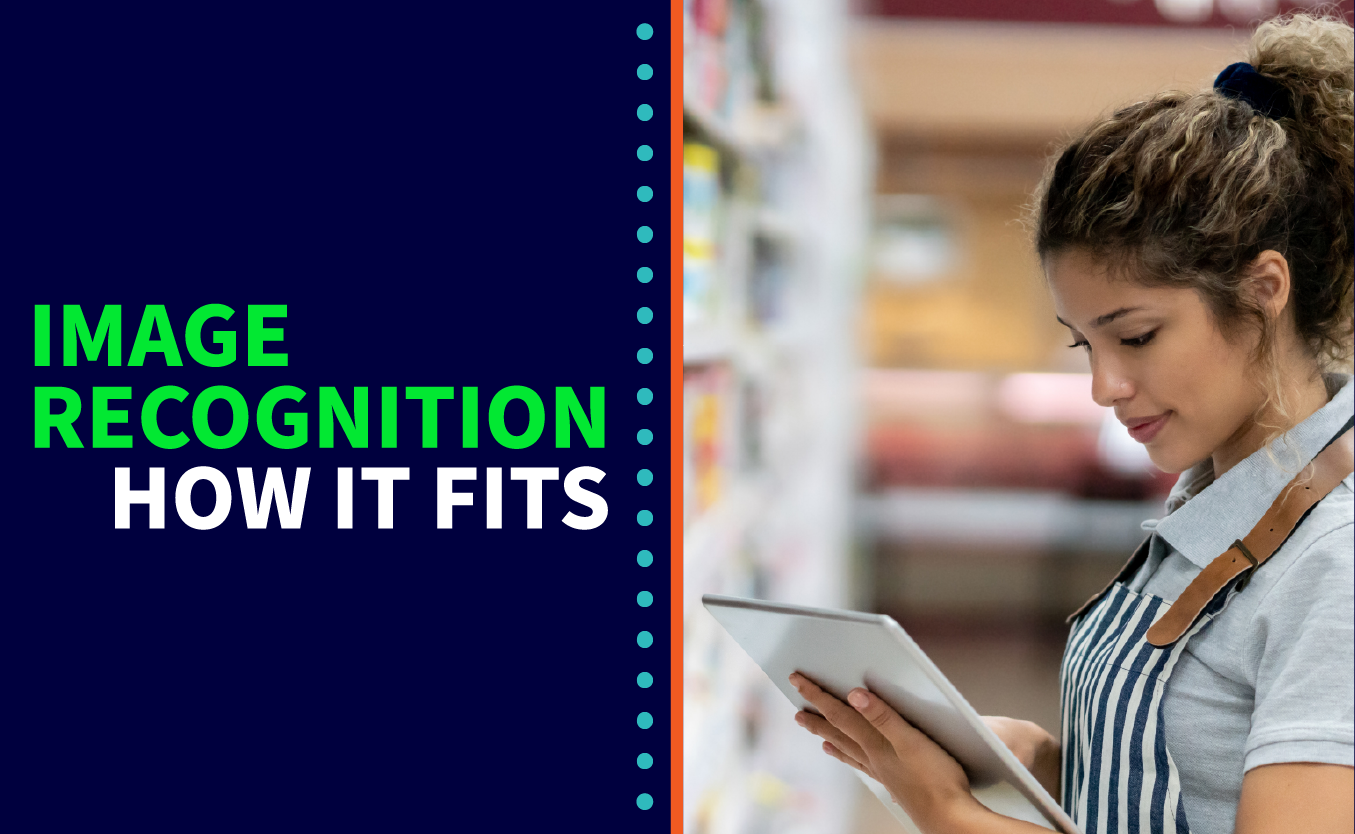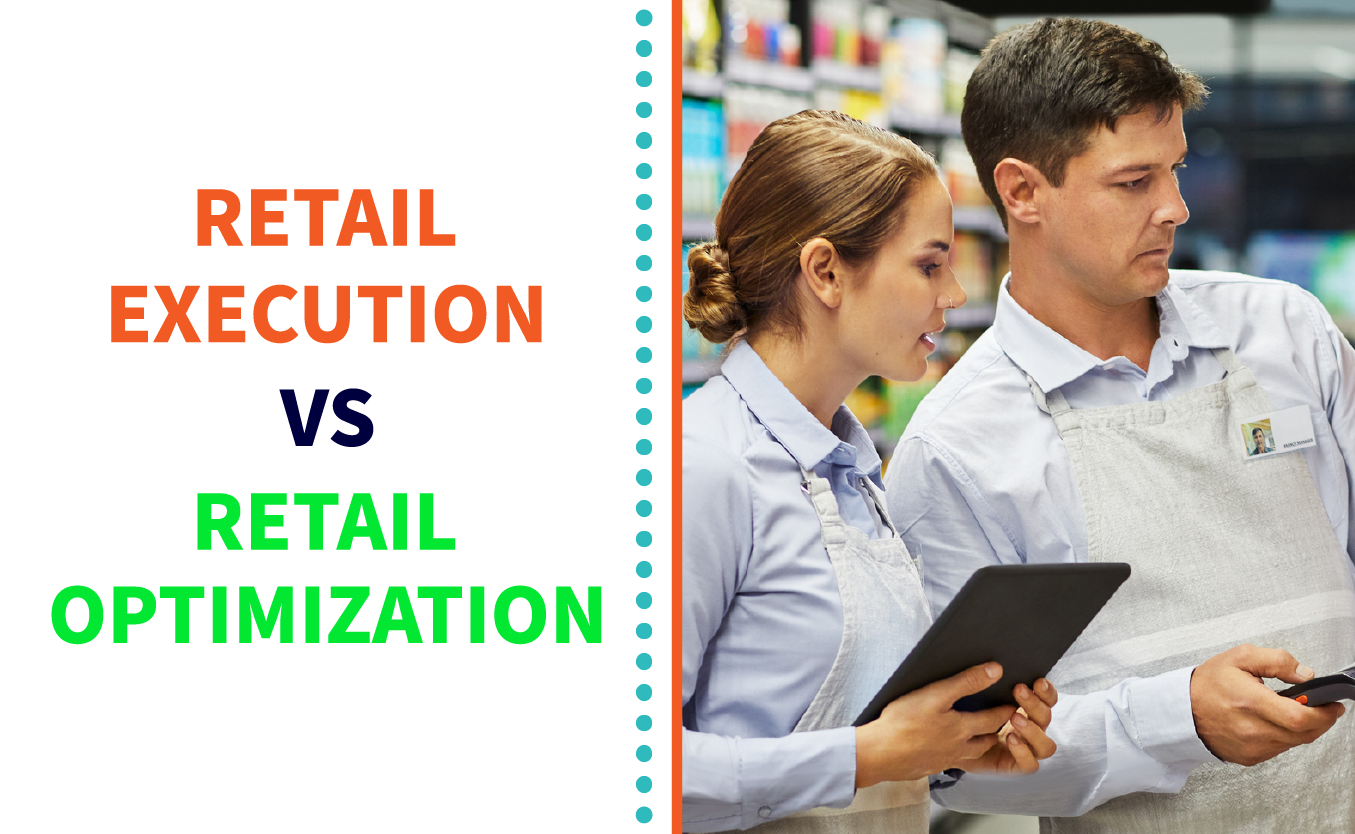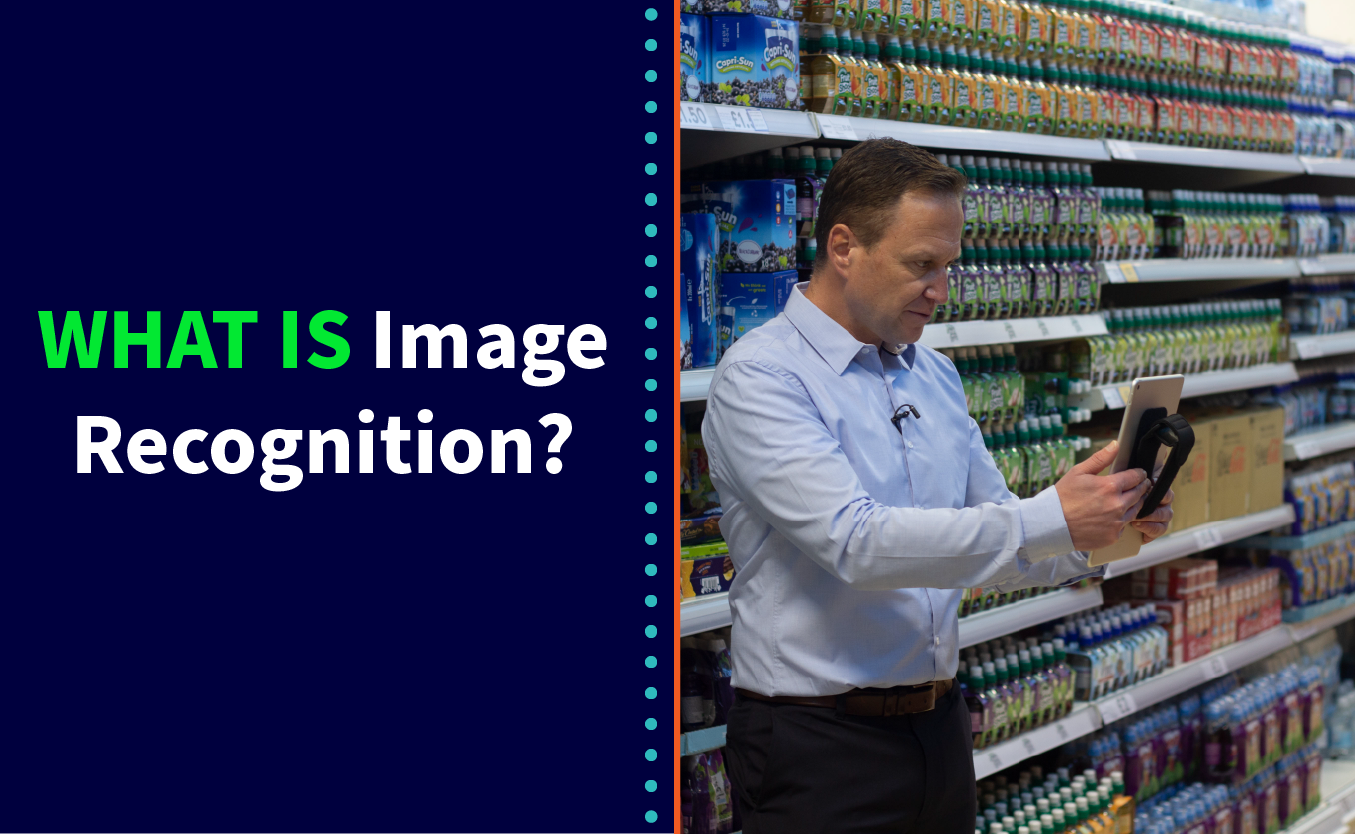THE FUTURE OF IMAGE RECOGNITION TECHNOLOGY
FMCG manufacturers and retail chains are currently working intensively and are preparing to introduce new retail execution technology based on artificial intelligence (AI), including image recognition technology in retail sales. Artificial Intelligence has already reached a very high level, enabling rapid and flawless analysis of data obtained during visits of sales reps in stores and photos taken by them. Image Recognition continuously changes the way manufacturers sell products in point of sales and online channels. It will also change the way customers behave when shopping in the store.
Here are some examples and options for using image recognition technology in the near future:
1. Photo recognition technology can revolutionize the way customers behave in the store and improve their behavior in the store by using mobile devices to find specific products in the store, and receive additional information about products and proposals of complementary products selected by the customer or based on his/her current shopping behavior.
2. Photo recognition technology will help the retail sector to optimize and automate processes and activities within stores and entire networks through authoritative and online data delivery, on the basis of which automatic actions will be taken based on established algorithms. These mechanisms will significantly automate and streamline the entire complex process in which supply chains are included, which will result in better use of human resources shop space, optimal inventory management and proper exposure. Ultimately, such activities will affect the level of consumer satisfaction and increase the volume of purchases and demand.
3. In unmanned stores, technology will allow for ongoing auditing and control of inventory, including the availability of products on the shelf, etc. It would control the direction of customer traffic within the store and measure their scale of satisfaction or frustration.
For Producers and Retailers, the key challenge is to ensure a constant and uninterrupted level of presence and thus the availability of all products on the shelves in stores. Every manager is aware of the important cost element being the suboptimal management of the product range, inventory, exhibition structure or logistics.
Can this be remedied?
The answer is – yes, we can.
Image Recognition technology and Video Recognition technology, in combination with AI, can already actively support Producers and Retailers in the automation and optimization of sales and logistics processes based on historical sales data. On this basis, they can also forecast supply and demand, which has a huge impact on financial efficiency – including Return of Investment (ROI).
Image Recognition technology introduces fundamental changes in the area of data search and classification.
What does this mean?
Well, the world goes away from the text and focuses on analyzing and obtaining all available information through images.
Here are some other examples of using image recognition:
1. Using image recognition in city guides based on photos taken by tourists and photo databases on Facebook or Instagram.
2. Self-driving cars – it will become a reality and not just a vision of the future.
3. Medicine – the use of photo recognition for fast and accurate medical diagnoses based on data obtained from medical photos. According to specialists, this type of technology may be the first in the area of recognizing cancerous lesions, for example: melanoma.
4. Mass fault industry to be able to detect them quickly and without errors. Operations that, based on image recognition technology, will be able to detect defects on their own, e.g. in transmission pipelines and, moreover, will be able to learn new faults and then quickly detect them without errors.
5. Entertainment and transport – using technology to create augmented and virtual reality in games or to direct passengers to appropriate gates or platforms in large communication hubs such as: airports, trains, bus stations, and ferry ports.







